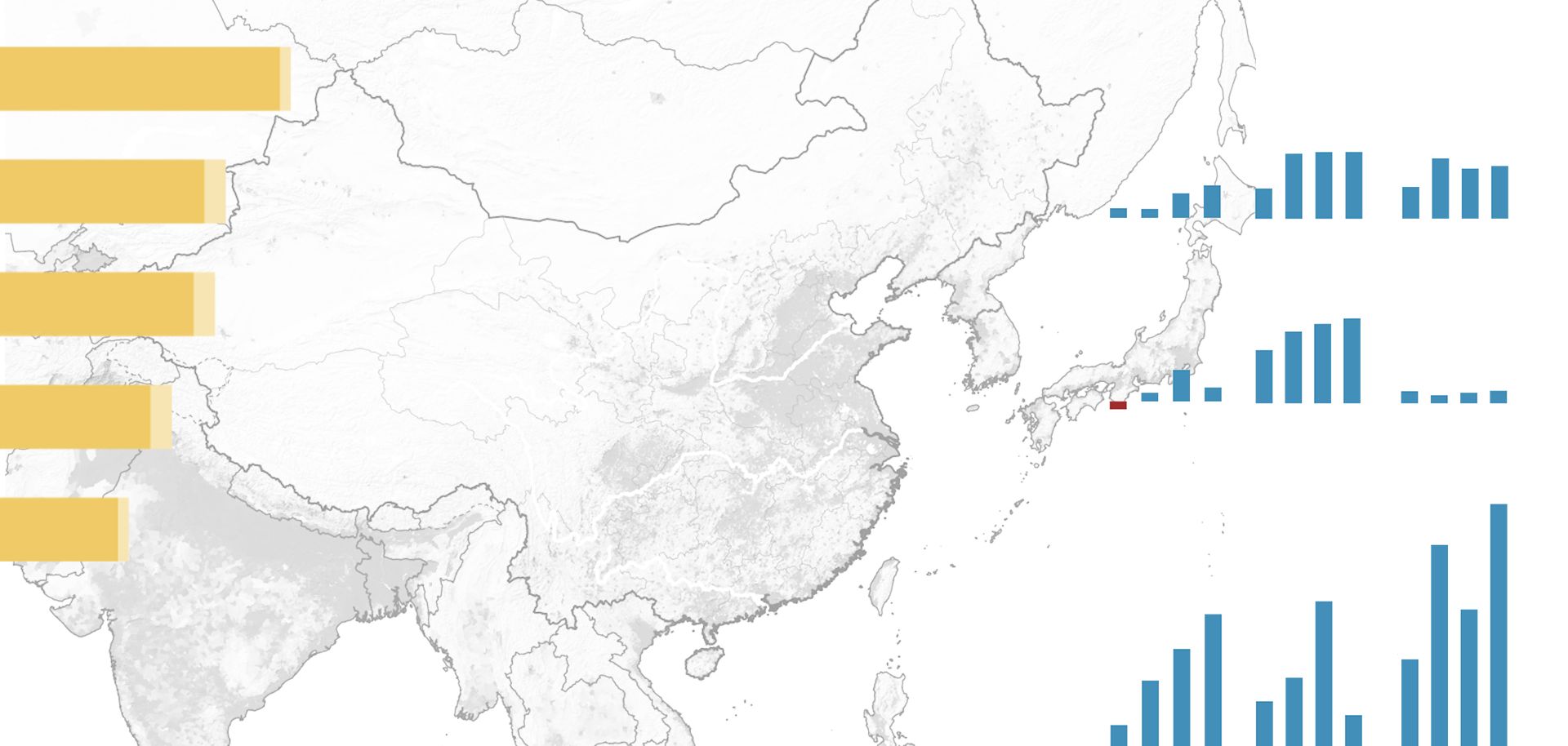
Big changes happened in the world in 2016. Up until July 8, the demand for U.S. 10-year government bonds had been constantly growing, but upon market open on July 11, it shrank slightly. Since then, a generalized global bond sell-off has been gathering pace, largely driven by a general expectation of increased inflation. Commodity prices that had been dropping stabilized in the first half of the year. The election of a U.S. administration dedicated to greater fiscal spending likewise drove the likelihood of increased inflation even higher. And the Federal Reserve, tasked with keeping inflation under control, has had to raise interest rates, which it did in December, raising the value of the dollar.
Many of these developments benefit Japan. First and foremost, commodity price stabilization removes much of the deflationary pressure that has weighed down Japan in recent years. Second, the strong dollar coincides with a weak yen, and this time not so much as a result of Japanese bond-buying (as had been the case since the start of Japanese Prime Minister Shinzo Abe's raft of economic reforms, better known as Abenomics, in 2013) but more as a result of external shifts, which might prove more sustainable. It not only helps Japanese exporters and, potentially, the country's economic growth, but it also increases the chances of inflation as the price of imports goes up naturally. Third, the Japanese job market is now exceptionally tight. Unemployment is at 3 percent (the lowest since 1995) and the new job offers to applicant ratio is at 2.11 (the highest since 1991). Together, these developments can broadly be seen as favorable for Japan's aspirations of escaping its economic slump. Inflation may be about to appear, while the weak yen should stimulate Japanese exports and encourage growth.
But new hope also brings new risk. The global bond sell-off has reached Japan, and the Bank of Japan's 0 percent yield target has been coming under pressure over the last month as Japan's government bonds attempt to cheapen alongside their counterparts in other markets. If it wishes to maintain 10-year yields at 0 percent, the Bank of Japan will have to buy bonds in large quantities, which, if the trend continues, puts it back in the position it was facing before — where it might run out of bonds to buy. Alternatively, the Bank of Japan could lift its target to 1 or 2 percent, allowing the bond yields to rise along with their Western counterparts. However, having only just installed the new format, the Bank of Japan is reluctant to make dramatic changes. Finally, it cannot be discounted that global trends might reverse.



